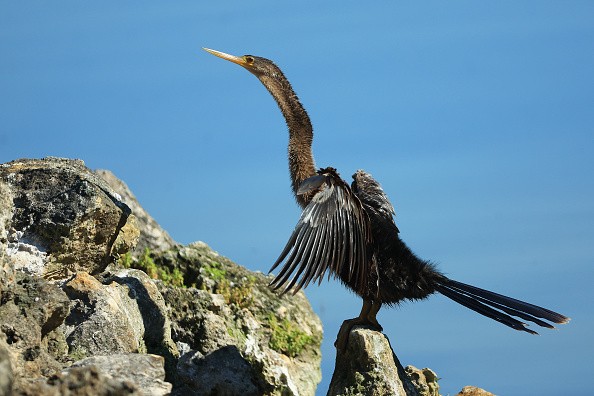A new study by The Australian National University (ANU) researchers lifts the lid on more than a half-century of evidence outlining the impact of climate change on more than 60 distinct bird species.
It discovered that climate change is responsible for half of all changes in major morphological and behavioral avian features since the 1960s.
The remaining 50% is attributable to other unknown environmental elements that have altered concurrently with our climate.
The study, which was conducted in collaboration with James Cook University (JCU) and published in the Proceedings of the National Academy of Sciences, focused on birds in the United Kingdom and the Netherlands.
Climate change and birds

They've demonstrated that climate change is a primary cause of these changes in birds, but there's more going on than we expected, said main author Dr Nina McLean of the ANU Research School of Biology.
Not only were other undiscovered environmental changes equally significant in causing changes in the birds, but they often did so in the same direction as climate change, so their impacts were amplified, as per ScienceDaily.
The researchers examined three essential features as part of their study: egg-laying time, avian physical condition, and the quantity of young produced. All of the data was gathered by volunteers, sometimes known as citizen scientists.
Early occurrence of bird's egg-laying
In North America, the breeding date of the Common Murre has increased by 24 days per decade.
North American Tree Swallows are nesting up to 9 days sooner than they were 30 years ago, owing to higher average spring temperatures, as per Nature Canada.
Climate change, for example, caused chiffchaffs to lay their eggs six days earlier in the last 50 years, but other unidentified environmental variables added another six days, meaning they now lay their eggs 12 days earlier than they did half a century ago, according to Dr. Martijn van de Pol of the JCU College of Science and Engineering.
Shifting seasons in terms of migration
Birds are starting to migrate early in the spring.
A study of 63 years of data for 96 species of bird migrants in Canada found that 27 species had changed their arrival dates considerably, with the majority coming earlier as spring temperatures have risen.
Birds appear to be delaying their fall migration as well: in a study of 13 North American passerines, 6 species were shown to be delaying their departure dates in response to global warming.
Some European birds are even failing to migrate in unison.
Read more: How Birds Hear Without Ears
The rise of extinction risks to endangered birds
Birds most vulnerable to extinction as a result of climate change include those with limited ranges, limited capacity to migrate, tiny populations, or those already suffering conservation issues.
Migratory birds are especially sensitive to the impacts of climate change since they rely on a variety of habitats and places.
Arctic birds are especially susceptible since warming is accelerating here, and at least 85 of the world's bird species nest in Arctic areas. Large regions of habitat, such as tundra and sea ice, will be gone.
Ivory Gulls, which feed around sea ice, may suffer greatly when sea ice recedes. Over the last two decades, the population of Canadian Ivory Gulls has fallen by 90%.
© 2025 NatureWorldNews.com All rights reserved. Do not reproduce without permission.





